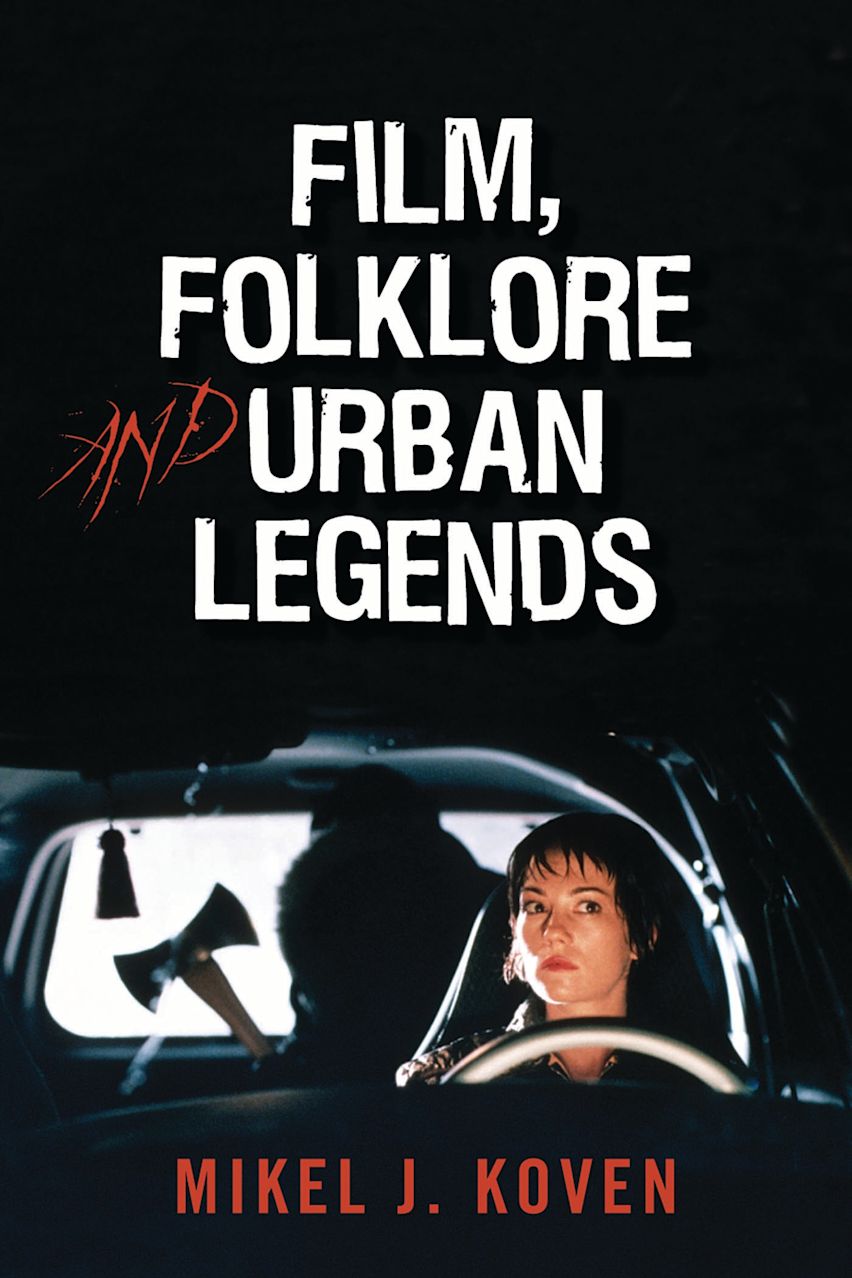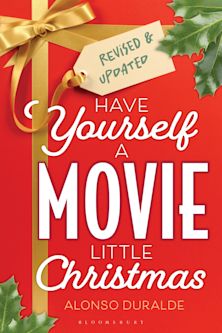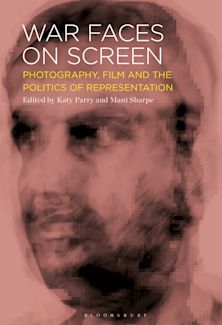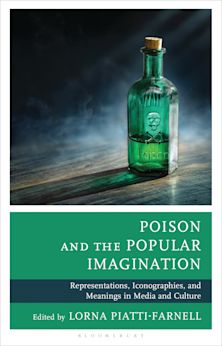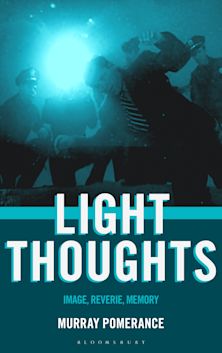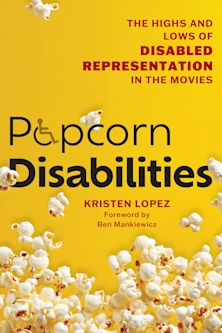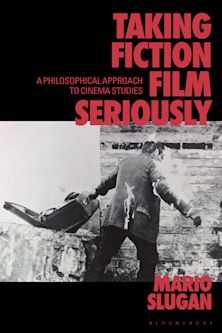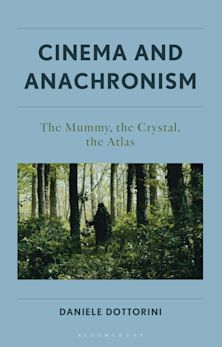- Home
- ACADEMIC
- Film & Media
- Film History
- Film, Folklore and Urban Legends
Film, Folklore and Urban Legends
For information on how we process your data, read our Privacy Policy
Thank you. We will email you when this book is available to order
You must sign in to add this item to your wishlist. Please sign in or create an account
Description
From Alien to When a Stranger Calls, many films are based on folklore or employ an urban legend element to propel the narrative. But once those traditional aspects have been identified, do they warrant further scrutiny? Indeed, why is the study of folklore in popular film important? In Films, Folklore and Urban Legends, Mikel J. Koven addresses this issue by exploring the convergence of folklore with popular cinema studies. Well beyond the identification of traditional motifs in popular cinema, Koven reveals new paradigms of filmic analysis, which open up when one looks at movies through the lens of folklore. In particular, this book focuses on the study of urban legends and how these narratives are used as inspiration for a number of films.
Divided into five sections, the book begins with a general survey of the existing literature on folklore/film, predominantly from the perspective of folklore studies. Subsequent chapters address discourses of belief, how urban legends provide the organizing principle of some films, and how certain films "act out" or perform a legend. Movies discussed in this book include Alligator, Candyman, The Curve, Dead Man on Campus, I Know What You Did Last Summer, Urban Legend, Weekend at Bernie's, and The Wicker Man, as well as zombie films, killer bee movies, and slasher films (including Halloween, Black Christmas, The Burning and Terror Train). Koven also devotes attention to key television shows such as The X-Files and Most Haunted.
In his analysis, Koven explains not only how film and television narratives are built upon already-existing popular culture beliefs, but also how films and television shows recycle those beliefs back into popular culture. Taken as a whole, Film, Folklore and Urban Legends both stands on its own as the first book-length study of folklore and popular cinema, and as an introductory textbook for the study of folklore and film.
Table of Contents
Part 2 Introduction
Part 3 Part I: The Study of Folklore and Film
Chapter 4 1. Folklore and Film
Part 5 Part II: The Search for a Methodology
Chapter 6 2. Based on Some Forgotten Lore: The Wicker Man, Frazer, and the Ancient Celts
Chapter 7 3. Searching for Tale-Types and Motifs in the Zombie Film
Chapter 8 4. Orality as Methodology for Understanding Vernacular Comedies and the Comic Corpse
Part 9 Part III: Issues of Belief
Chapter 10 5. Discourses of Belief in The X-Files
Chapter 11 6. "Buzz Off!": The Killer Bee Movie as Modern Belief Narrative
Part 12 Part IV: Urban Legends and Film
Chapter 13 7. Studying the Urban Legend Film
Chapter 14 8. The Slasher Film as Folkloristic Social Script
Part 15 Part V: Ostension
Chapter 16 9. Film and Ostension: The Case of Candyman
Chapter 17 10. The Convergence of Folklore, Belief, and Popular Media: The Case of Most Haunted
Part 18 Afterword
Part 19 Filmography
Part 20 Bibliography
Part 21 Index
Part 22 About the Author
Product details
| Published | 25 Oct 2007 |
|---|---|
| Format | Ebook (Epub & Mobi) |
| Edition | 1st |
| Extent | 216 |
| ISBN | 9780810866867 |
| Imprint | Scarecrow Press |
| Publisher | Bloomsbury Publishing |
About the contributors
Reviews
-
A major contribution to both film studies and folkloristics. It is an academic study in which the author argues that popular film genres and television programs like slasher films, vernacular comedies, killer bee movies, zombie films, and urban legend films advance the study of folklore rather than hinder it....Koven’s book is a joy to read. His material is well chosen and familiar to the average reader....His book is a good example of how to make folklore relevant to both professional folklorists and the lay reader. This is the type of book professors would want to include in a course on folklore and film that emphasizes the nexus between urban legends and slasher films. I am certain that Koven’s Film, Folklore, and Urban Legends will become required reading in the nascent research area of film and folklore. His approach to using theories and methodologies drawn from both of these fields, and applying them effectively to the study of urban legends and the concept of belief, offers invaluable insights into the study of this relatively new area of research within folkloristics.
Western Folklore
-
Koven provides a solid framework and compelling arguments.
American Reference Books Annual
-
As a whole, this group of essays provides a useful entry point to many important theories, practices and arguments about folklore and visual narrative, not least because it is in the form of essays aimed at specific questions rather than aiming to serve directly as a primer. The citations and bibliography alone are a valuable resource for anyone wishing to take up the subject. . . . Film, Folklore, and Urban Legends is a good place to start for anyone interested in working on the intersection of folklore and popular visual media.
Folklore











